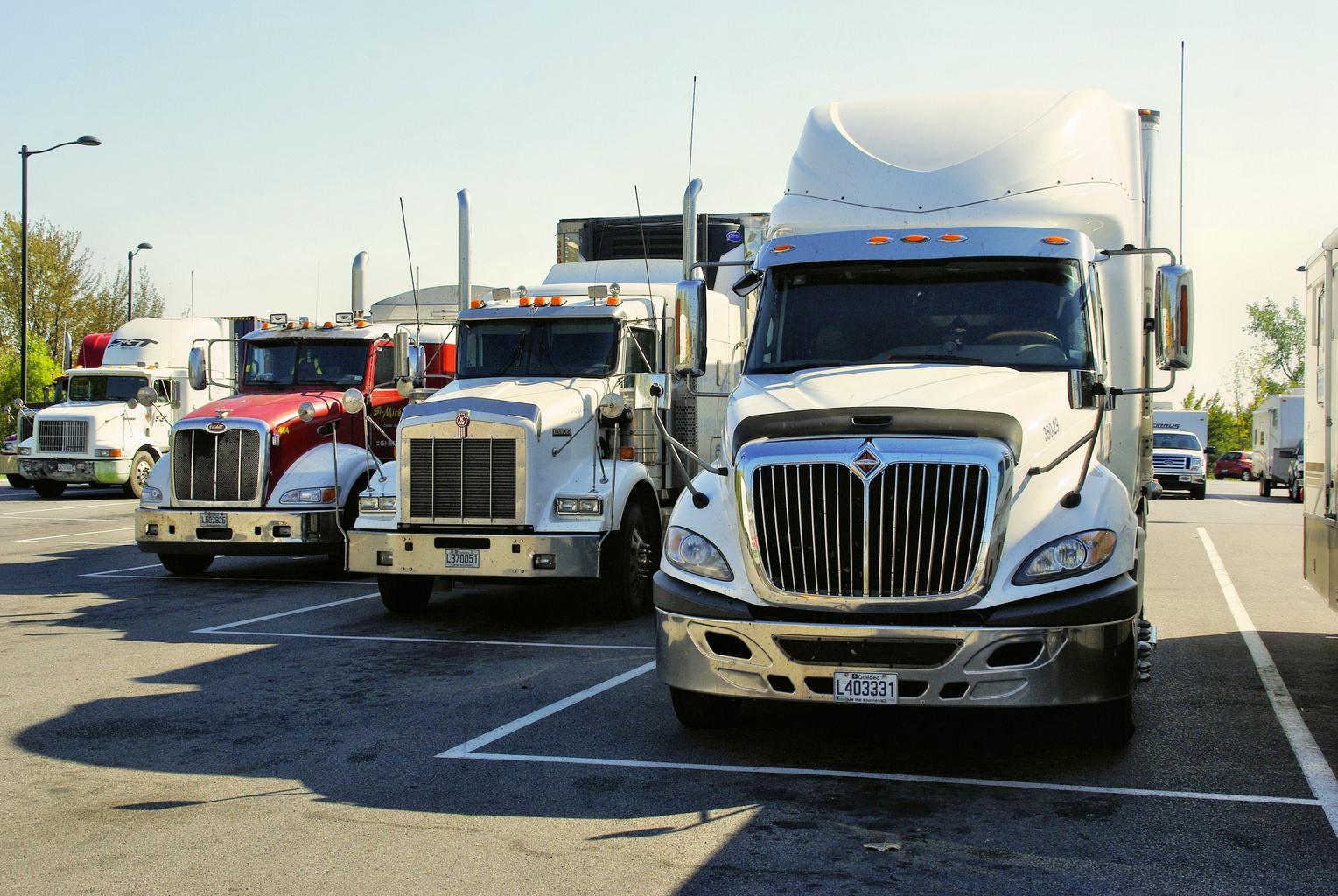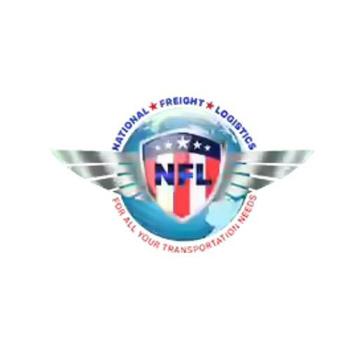Evolving Logistics Landscape: Trends Redefining the Industry





The surge in e-commerce has revolutionized consumer expectations, demanding faster and more convenient delivery options. As a result, last-mile delivery has become a focal point for logistics companies.
Sustainability is no longer a mere buzzword; it’s a fundamental driver of change in logistics. Customers are increasingly environmentally conscious, and regulations are tightening.


Data is king in logistics. The ability to collect, analyze, and derive insights from data is transforming how companies optimize their supply chains.
Customers now expect real-time visibility into their shipments. The need for greater transparency in logistics has led to the adoption of advanced tracking technologies like IoT sensors and blockchain.
Automation is changing the face of logistics, from warehouse operations to trucking. Automated warehouses with robots picking and packing orders are becoming common.
3. Data Analytics and Artificial Intelligence 4. Visibility and TransparencyThe COVID-19 pandemic exposed vulnerabilities in global supply chains. To mitigate future disruptions, companies are diversifying their supply chain sources and adopting a more regionalized approach.

Optimizing inventory levels has become a top priority. Accurate demand forecasting, aided by AI and data analytics, helps companies maintain optimal inventory levels, reducing carrying costs while ensuring products are available when needed. Customers expect a seamless shopping experience, whether online, in-store, or a combination of both. As a result, logistics providers are adapting to support omnichannel fulfillment, ensuring that products are available and deliverable through various sales channels.


The logistics industry is in a state of continuous evolution, driven by technological advancements, changing consumer expectations, and global events. Staying current with these logistics trends is vital for businesses seeking to thrive in this dynamic landscape.

